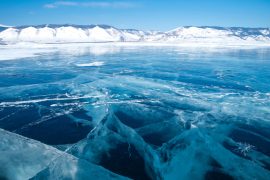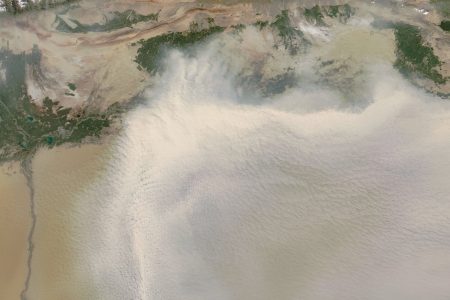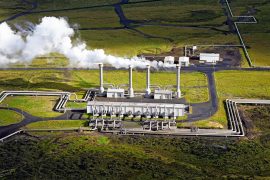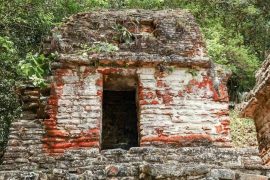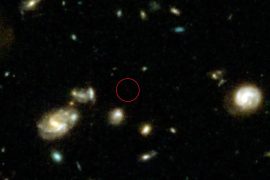A landslide in Barry Arm could produce largest known tsunami

Today’s Image of the Day from NASA Earth Observatory features the Barry Arm fjord where a large steep slope is expected to fall within the next 20 years, triggering a massive landslide and tsunami.
Many scientists believe that the collapse and subsequent tsunami, which could produce waves that are hundreds of feet high, will occur within a year, and Rockwall has already been observed in this area.
The unstable mountain slope is located above the toe of Barry Glacier in Barry Arm, 60 miles east of Anchorage. If a tsunami is generated, it would likely impact areas frequented by tourists, fishing vessels, and hunters – potentially affecting hundreds of people at one time.
Ohio State researcher Chunli Dai explained why the collapse of the slope on the Barry Arm would produce an exceptionally large tsunami due to various factors, such as the fjord’s unique shape.
“It was hard to believe the numbers at first,” said Dai.”Based on the elevation of the deposit above the water, the volume of land that was slipping, and the angle of the slope, we calculated that a collapse would release sixteen times more debris and eleven times more energy than Alaska’s 1958 Lituya Bay landslide and mega-tsunami.”
That event, triggered by a 7.8 earthquake, dropped millions of cubic yards of rock about 600 meters into a fjord. The resulting wave of 1,700 feet is thought to be the tallest wave in modern history. Eyewitnesses compared the event to an atomic bomb explosion, as the huge wave wiped out millions of trees.
Image Credit: NASA Earth Observatory
—
By Chrissy Sexton, Earth.com Staff Writer
News coming your way





